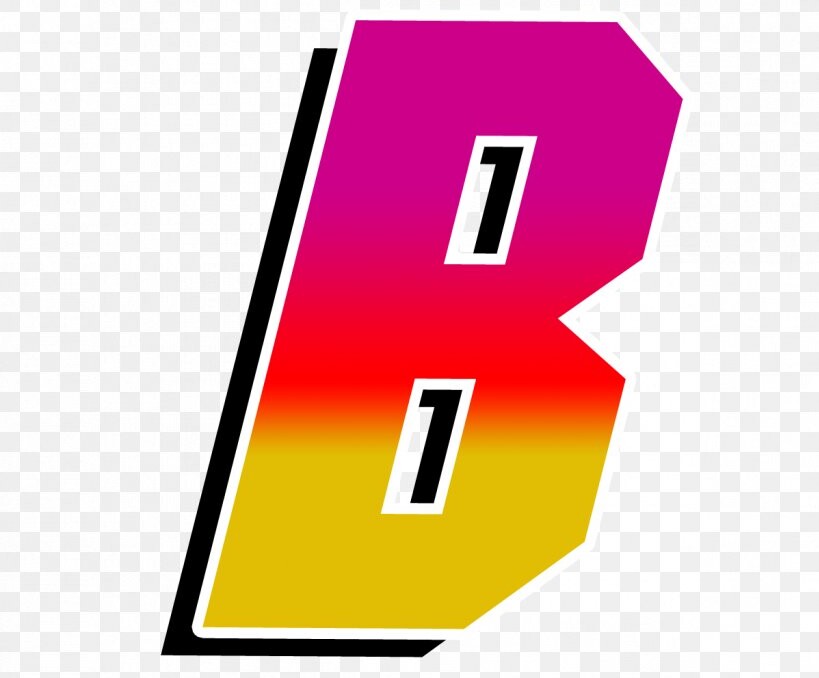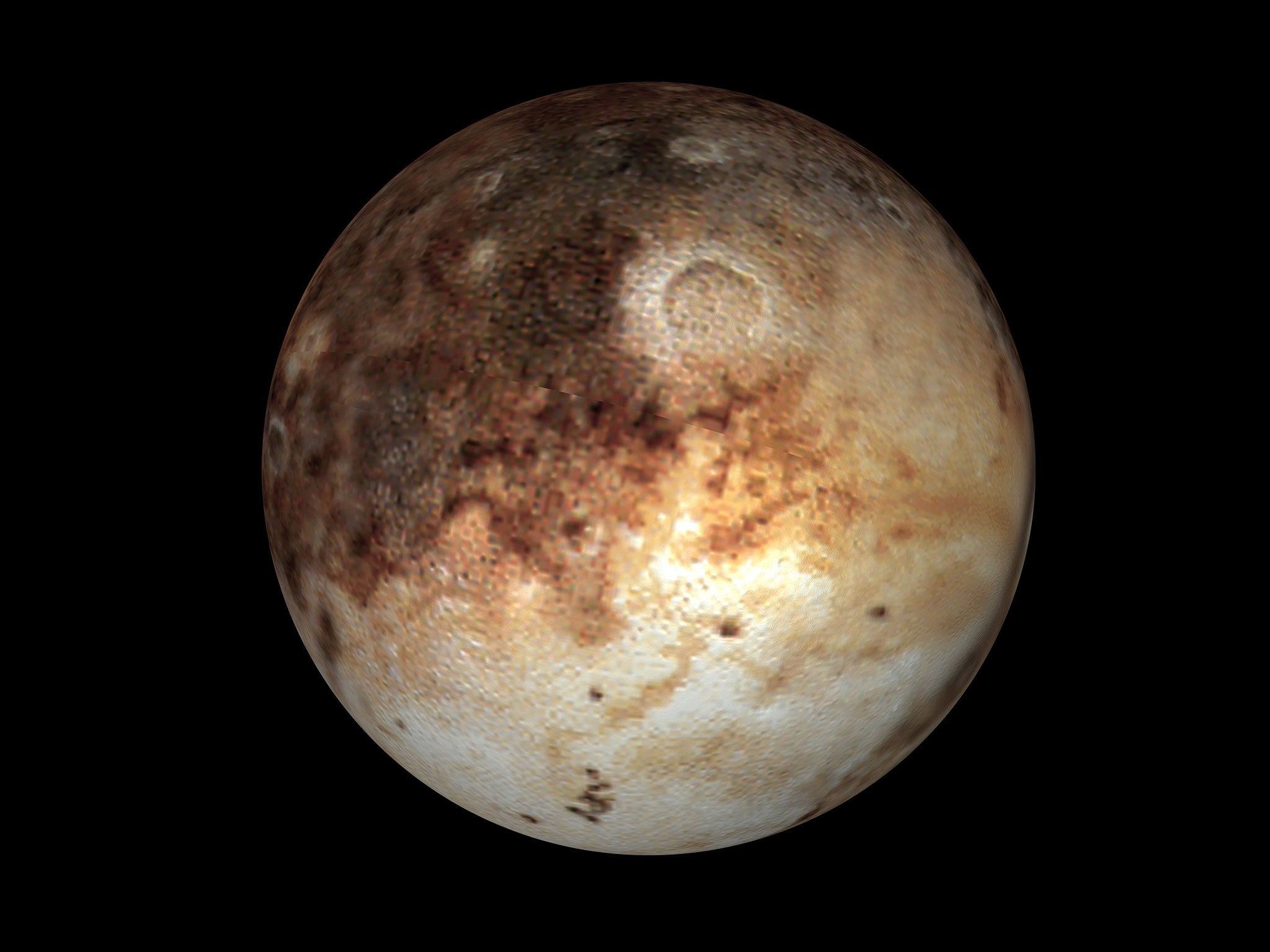Manga panel templates? Dude, that’s like the secret weapon for creating killer manga. We’re talking about the building blocks of awesome storytelling – from basic layouts to mind-blowing double-page spreads. Get ready to level up your manga game with the ultimate guide to panel design!
This guide breaks down everything you need to know, from choosing the right software (Clip Studio Paint is totally fire, BTW) to mastering composition techniques that’ll leave your readers speechless. We’ll explore different panel shapes, sizes, and arrangements to create the perfect flow and pacing for your story, whether it’s a heart-pounding action scene or a tender moment of romance.
Prepare to unleash your inner manga master!
Manga Panel Templates: A Deep Dive
Yo, fellow manga artists! Let’s break down the world of manga panel templates. We’re talking the building blocks of your awesome manga, from basic layouts to advanced techniques. Get ready to level up your manga game!
Fundamental Elements of a Manga Panel Template
A manga panel template is basically the blueprint for your comic’s individual panels. It’s all about the arrangement and size of those panels, how they’re shaped, and the space between them (we call that the gutter). These elements work together to control the pace and flow of your story.
Types of Manga Panel Layouts
There’s more than one way to arrange those panels, dude! We’ve got the standard panel – your classic rectangular shape. Then there’s the splash page, a massive panel that takes up the whole page for a major impact. And finally, the double-page spread, where the art flows seamlessly across two pages, making a huge statement.
Common Panel Shapes and Their Storytelling Effects
Panel shapes aren’t just about aesthetics; they affect how the reader experiences the story. A square panel can feel stable and balanced, while a circular panel might emphasize movement or a sense of completeness. A jagged panel can add tension or chaos. Think about how the shape itself can visually communicate emotion or action.
The Role of Gutters in Manga Panel Arrangement
The gutter, that space between panels, is crucial. It controls the pacing and allows the reader’s eye to move through the story at a specific rhythm. A wide gutter creates a bigger pause, while a narrow gutter keeps the action flowing fast.
Software and Tools for Creating Manga Panel Templates
Okay, so you’ve got the theory down. Now let’s talk tools. There’s some serious software out there to help you bring your manga to life.
Popular Manga Panel Creation Software, Manga panel templates
- Clip Studio Paint: This is a super popular choice among manga artists, known for its intuitive interface and tons of manga-specific features.
- Adobe Photoshop: A classic powerhouse, Photoshop offers unparalleled flexibility and control, though it might have a steeper learning curve for beginners.
- Medibang Paint Pro: A free and user-friendly option, perfect for those just starting out.
Comparing Manga Panel Creation Tools
Each program has its strengths. Clip Studio Paint excels in its manga-focused tools, while Photoshop’s power comes from its broader image editing capabilities. Medibang Paint Pro is a great free alternative, though it might lack some of the advanced features of the paid options. The best choice depends on your budget and skill level.
Tips for Efficient Software Use
To create professional-looking templates efficiently, master keyboard shortcuts, use layers effectively, and experiment with different brushes and tools. Practice makes perfect!
Sample Manga Panel Template Creation in Clip Studio Paint
Let’s say we’re creating a dramatic scene. In Clip Studio Paint, I’d start by sketching the panel layout using the ruler tools. Then, I’d create separate layers for line art, shading, and effects. I’d use a variety of brushes for different textures and line weights, and carefully consider the composition to guide the reader’s eye. Finally, I’d add speech bubbles and sound effects to enhance the visual storytelling.
Composition and Storytelling within Manga Panel Templates
It’s not just about drawing pretty pictures; it’s about telling a compelling story. Panel size, shape, and arrangement play a huge role.
Impact of Panel Size and Shape on Pacing and Narrative Flow
Larger panels slow down the pace, emphasizing important moments. Smaller panels speed things up, creating a sense of urgency or action. Unusual shapes can disrupt the flow, creating visual interest and highlighting specific details.
Use of Perspective and Camera Angles in Manga Panel Design
Just like in film, perspective and camera angles influence the reader’s emotional response. A high-angle shot can make a character seem vulnerable, while a low-angle shot can make them appear powerful.
Creating Visual Tension and Suspense Through Panel Arrangement
Think about how you arrange your panels to build suspense. A series of increasingly smaller panels can ratchet up the tension, while a sudden large panel can deliver a powerful punchline.
Short Story Told Through Panel Arrangement
Imagine a scene: A character is sneaking through a dark alley. We’d start with a wide shot establishing the setting. Then, a series of smaller panels showing the character’s cautious movements. A close-up panel on their fearful expression. Finally, a larger panel revealing a menacing figure lurking in the shadows.
The panel sizes and arrangements directly influence the narrative flow and create a sense of suspense.
Utilizing Manga Panel Templates for Different Genres
Different genres call for different styles. Shonen manga often features dynamic action sequences with lots of large panels, while shojo manga might use softer lines and more intimate panel compositions.
Further details about blue lock manga box is accessible to provide you additional insights.
Panel Styles in Different Manga Genres
Shonen manga often uses dynamic action sequences with lots of large panels and dramatic angles. Shojo manga tends towards softer lines, more romantic settings, and close-up panels to convey emotions. Seinen manga often explores more mature themes and can vary greatly in style, but often features more complex panel layouts.
Specific Panel Techniques for Different Genres
Action genres often use speed lines and multiple panels to depict movement. Romance genres utilize close-ups and soft lighting to create intimacy. Horror genres use dark shadows, unusual angles, and unsettling panel layouts to create fear.
Examples of Unique Stylistic Choices
For a horror manga, I might use dark, claustrophobic panel layouts, with distorted shapes and unusual angles to reflect the unsettling atmosphere. In a romance manga, I’d use soft lines, close-up shots, and warm lighting to emphasize the emotional connection between characters.
Comparison of Panel Layouts and Characteristics Across Genres
| Genre | Typical Panel Layout | Characteristic Linework | Common Visual Elements |
|---|---|---|---|
| Shonen | Dynamic, varied sizes, lots of action panels | Bold, strong lines, often with speed lines | Impactful action sequences, large splash pages |
| Shojo | Intimate, close-ups, soft backgrounds | Delicate, flowing lines | Romantic settings, expressive eyes, soft lighting |
| Seinen | Complex, varied, reflective of the story’s tone | Variable line weights, detailed backgrounds | Mature themes, realistic or stylized backgrounds |
Advanced Techniques in Manga Panel Design
Let’s get into the advanced stuff—the details that really elevate your manga to the next level.
Use of Speech Bubbles and Sound Effects
Speech bubbles aren’t just for dialogue; they can be used creatively to show emotion or thought. Sound effects add another layer of dynamism, enhancing the impact of actions and events. Experiment with different shapes and sizes to create visual variety.
Line Weights and Shading Techniques
Varying line weights adds depth and dimension to your art. Thicker lines emphasize important details, while thinner lines create a sense of distance or delicacy. Different shading techniques, like hatching or cross-hatching, create mood and atmosphere.
Perspective and Depth of Field
Mastering perspective adds realism and visual depth to your panels. Depth of field, blurring elements in the background, draws the reader’s eye to the focal point.
Detailed Description of a Complex Manga Panel
Imagine a panel depicting a crowded marketplace. We use a wide shot to show the bustling scene. We use varying line weights to highlight the central characters, while thinner lines and subtle shading create a sense of depth in the background. We include speech bubbles to capture the lively atmosphere, and carefully place sound effects to enhance the chaotic energy.
The use of perspective and different shading techniques creates a sense of depth and realism, making the scene come alive.
Analyzing Existing Manga Panel Designs
Let’s look at some existing manga to see how professionals apply these techniques.
Analysis of Panel Layouts and Storytelling Techniques
Analyzing a chapter from “Attack on Titan” reveals how Isayama Hajime masterfully uses panel sizes and arrangements to create tension and suspense. Large panels are used to highlight intense action sequences, while smaller panels create a sense of urgency and claustrophobia. The use of gutters helps control the pacing, creating dramatic shifts in tempo.
Strengths and Weaknesses of Panel Designs
Isayama’s use of dynamic angles and perspective is a strength, enhancing the action and emotional impact. However, some might argue that the density of panels in certain scenes could be overwhelming for some readers.
Contribution of Panel Design to the Overall Narrative
The panel design in “Attack on Titan” significantly contributes to the overall narrative, enhancing the atmosphere and emotional impact of the story. The deliberate use of panel size, shape, and arrangement creates a powerful visual experience that complements the story’s themes of survival and despair.
Key Design Elements in the Analyzed Manga Chapter
- Dynamic camera angles
- Varied panel sizes to control pacing
- Effective use of gutters to create tension
- Detailed backgrounds to enhance the setting
- Strong use of perspective to create depth
So, you’ve unlocked the power of manga panel templates. You’ve learned to craft panels that pop, tell stories with visual impact, and make your manga totally unique. Now go forth and create something epic! Don’t forget to share your awesome creations – we wanna see what you come up with!


